Savannah is a historic city that seamlessly blends its old-school charm with a vibrant and modern lifestyle. Flat terrain, scenic streets, and green initiatives make it a great location for cyclists.
More residents are hopping on their bikes for exercise, commuting, and just for fun. However, this increase in bicycle traffic means there’s also a heightened need for safety measures to protect cyclists from bicycle accidents, especially on busy streets with heavy traffic.
Savannah’s Infrastructure: What’s in Place and What’s Needed
The city has put in a lot of effort in recent years to create a bicycle-friendly environment. However, there’s still plenty of room for improvement, particularly in those parts of town where traffic becomes more dangerous for riders.
Bike Lanes
Painted lanes specifically for bikes have become a vital part of Savannah’s infrastructure. They offer a designated place for cyclists to ride on busy roads and are identified with lines and symbols on the pavement, just like other road markings.
This is a good start, but there’s a lack of consistency throughout the city. Some places have wider lanes than others, and sometimes, they’re too narrow to offer ample protection from motorized vehicles. Their placement on high-traffic streets also makes them risky for cyclists to travel on regardless of their size.
Multi-Use Paths
Multi-use paths have become a safer alternative to bike lanes because they keep riders separated from cars and commercial traffic altogether. The paths are shared with pedestrians and usually weave through more secure environments like parks, along rivers, and residential areas.
While these paths certainly make for a safer ride, they also have their limits. Cyclists can only use them in certain parts of the city. Recreational riders can enjoy them quite well, but commuters aren’t always able to access them as easily if their job is in a different part of town.
Shared Roadways
In areas where multi-use paths and designated bike lanes aren’t available, cyclists often find themselves forced to share the roadway with cars, trucks, semis, and public transportation. This can be especially dangerous due to the fact that bikers have to travel next to much larger vehicles that can cause them serious injuries in an accident.
People who want to ride their bikes but can’t access other options find themselves in a situation where they aren’t well protected, and they may eventually decide to stop riding altogether. This is a prevalent problem in the downtown area, where traffic congestion is at its worst regardless of the time of day.
A Closer Look At Savannah Bicycle Accident Statistics
Understanding the risks faced by cyclists in Savannah requires a closer look at the crash statistics. The numbers highlight the dangers faced by bike riders and underscores the need for continued efforts to improve bike safety throughout the city.
In 2013, the number of fatal bike crashes spiked to 29, up from 15 in 2007. Since then, the number of deaths has been as high as 30 in 2020. Likewise, in 2007, fewer than 12% of all fatal crashes involved bike riders. That number jumped over 20% in 2020.
Since then, Savannah has been working to improve its infrastructure to make it safer for people who ride their bikes around town. For 2024, as of June, the city has seen only nine accidents involving bicycles, none of which ended with a fatality.
Efforts To Improve Bicycle Safety in Savannah, GA
These improved numbers have been made possible because of the steps taken to better protect cyclists from the dangerous motorized traffic around them. Many of them are still in their early stages, but they show promise and demonstrate the city’s commitment to making the area safer for everyone who uses their roads.
Education is a main component of Savannah’s bicycle safety strategy. Officials have introduced programs to raise awareness for both cyclists and drivers about the rules of the road. Workshops, school presentations, and public service announcements emphasize the importance of sharing the road and practicing safe and defensive driving.
The city also continues to expand and improve bicycle infrastructure. Recent projects have widened existing bike lanes, installed new multi-use paths, and created more visible road markings. These efforts have been particularly focused on high-risk areas where accidents are more likely to happen.
To assist with these initiatives, local law enforcement has stepped up its efforts to enforce traffic laws related to bicycle safety. Cops are cracking down on speeding, distracted driving, and other driving behaviors that put riders at risk. Police are also being trained to better understand the challenges riders face and how to respond to bike-related accidents.
The Role of Community To Promote Bicycle Safety
The government isn’t the only entity responsible for protecting bike riders. They also need active participation from the rest of the community. Residents, advocacy groups, and businesses all have a role to play in creating a safer environment for Savannah’s cyclists.
Groups like Bike Walk Savannah have proven instrumental in pushing for better policies and infrastructure that protect cyclists. Such organizations work closely with city officials to make sure rider needs are considered in development and urban planning projects.
The general public can also do their part by learning about bicycle safety, whether they ride or prefer to drive around the city. Many drivers don’t know how cyclists travel on the roads, so this knowledge can prevent a lot of accidents. Residents can help spread awareness through social media about how to avoid colliding with riders.
Active community participation in city planning meetings and providing feedback on proposed projects is perhaps the best way to make sure cyclists are taken into account. By engaging with local government and staying informed, residents can help shape a safer environment for both themselves and bike riders.
The Road Ahead For Savannah’s Cyclists
As the city continues to grow and evolve, the importance of bicycle safety can’t be overstated. Savannah has made great progress, but there’s plenty still left to be done. With ongoing efforts from both city officials and the community, Savannah can become a model for cyclist safety across the state and nationwide.

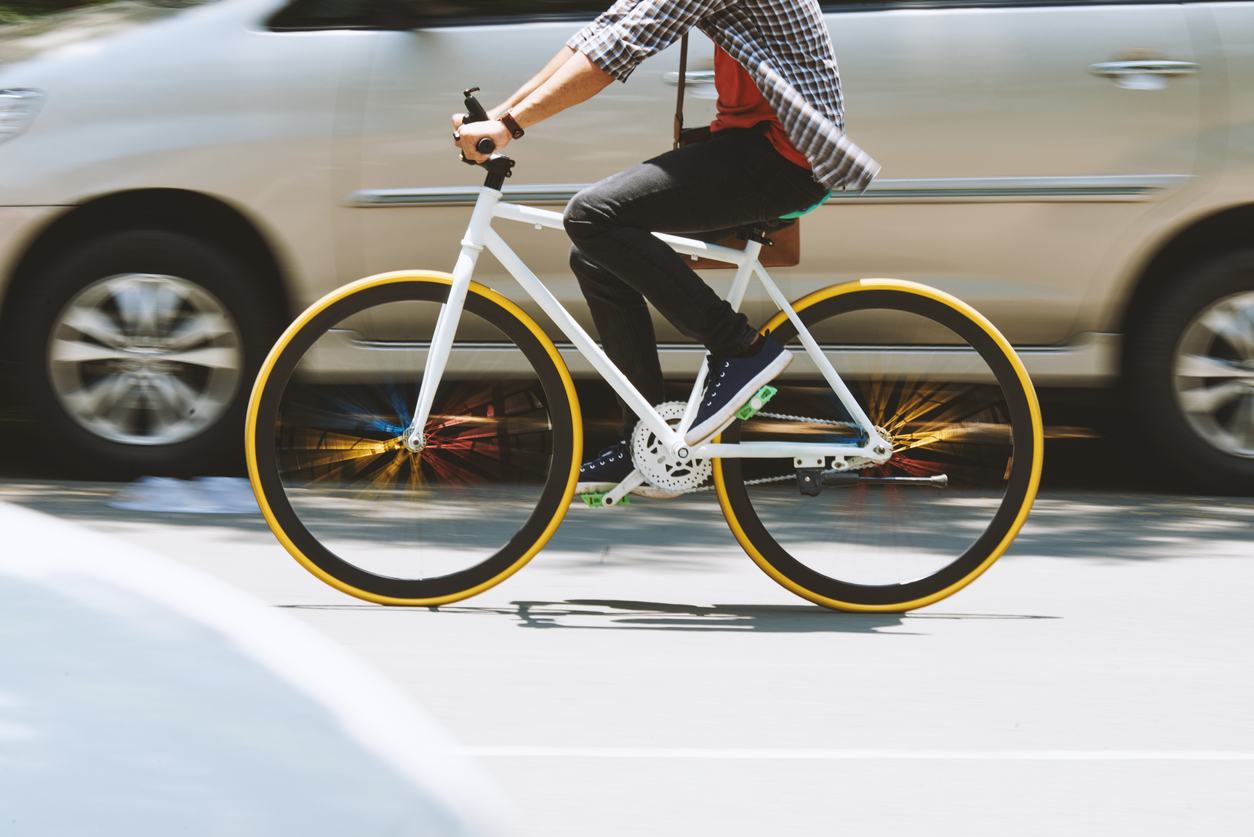
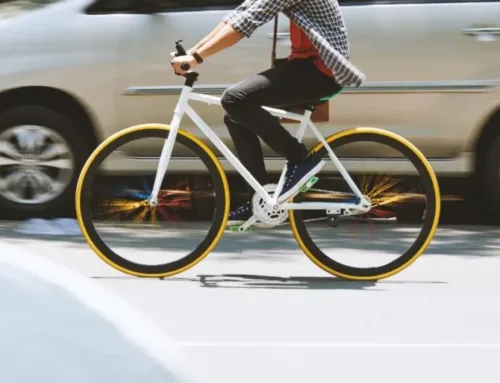
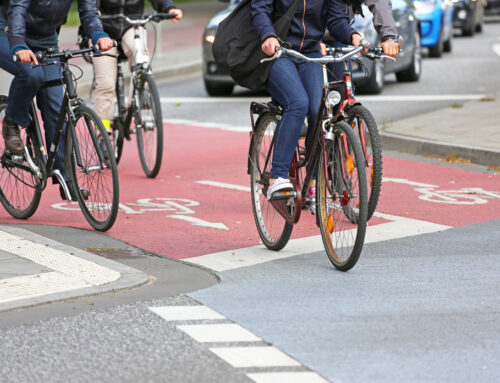
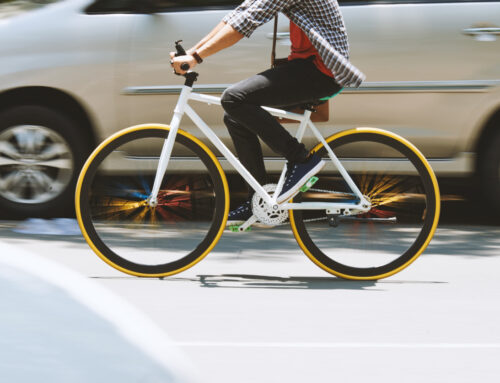
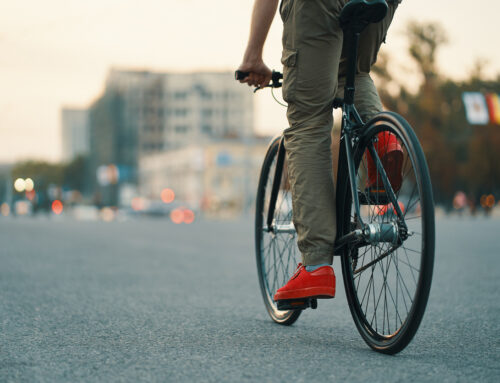
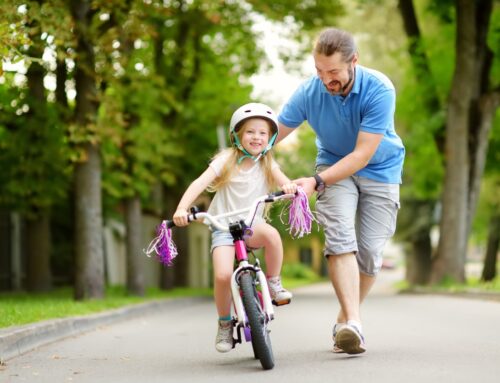
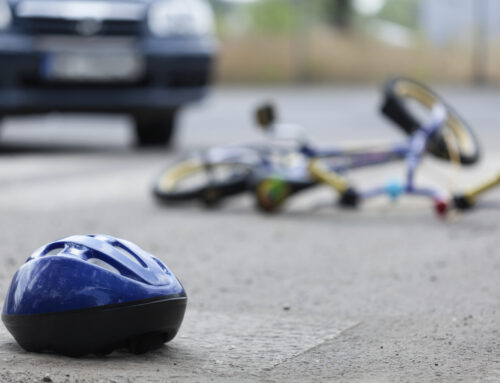
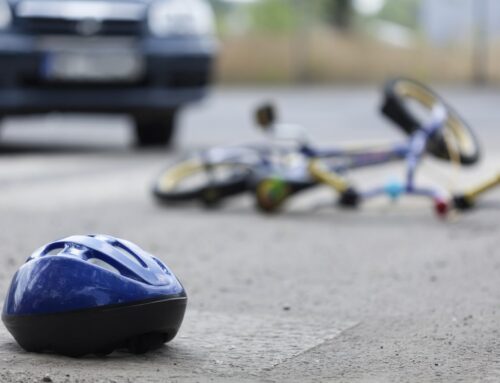
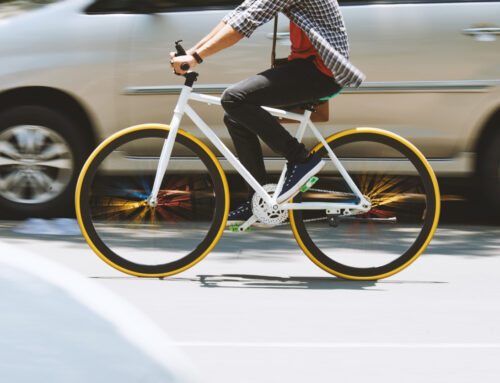

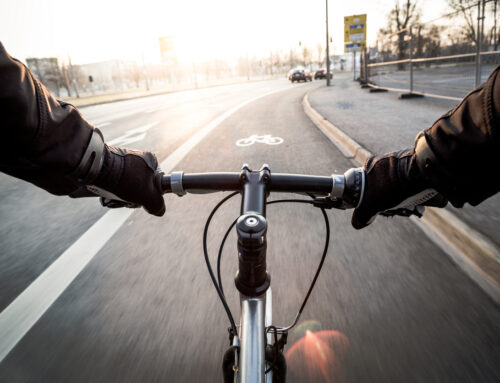
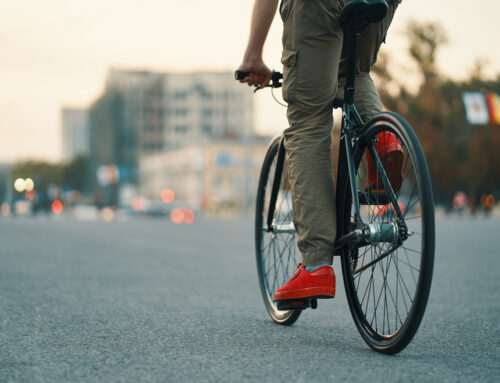
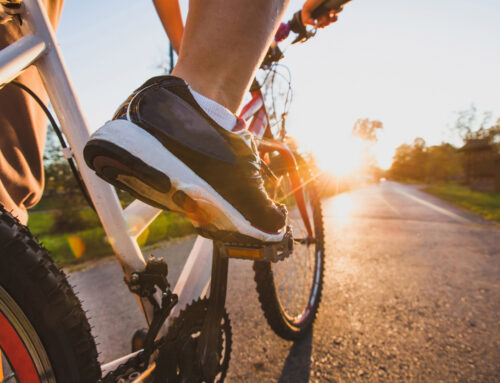
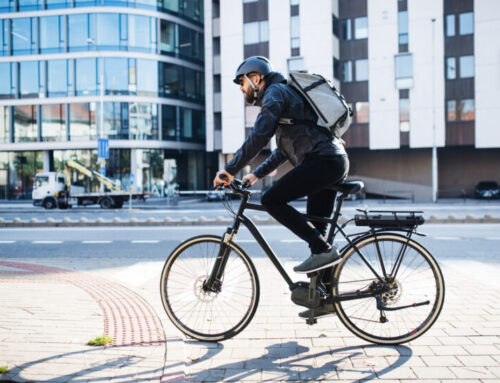
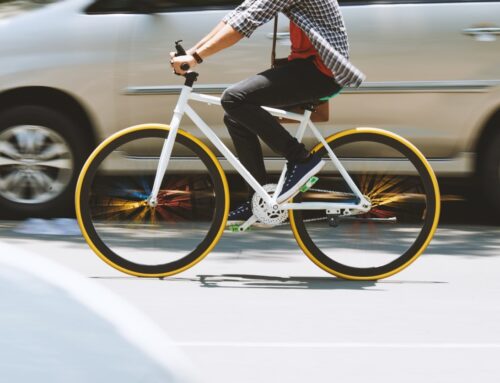
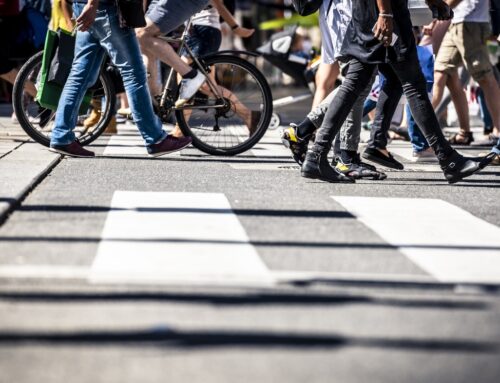
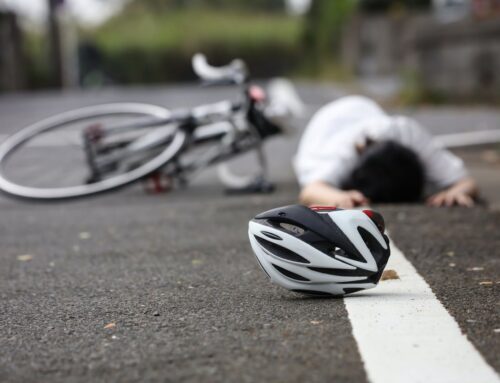
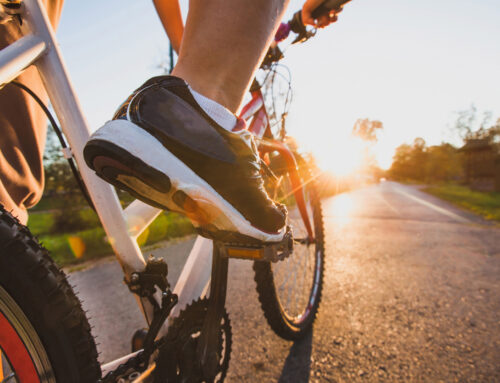
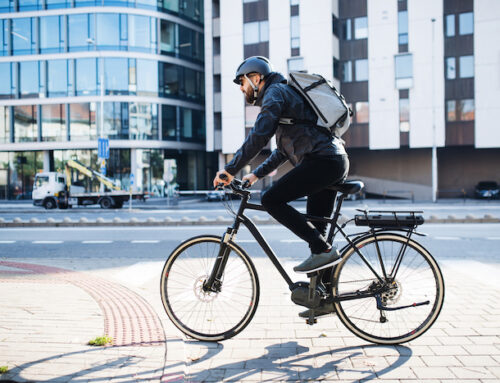
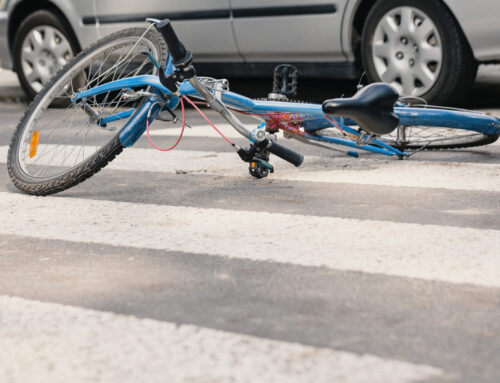
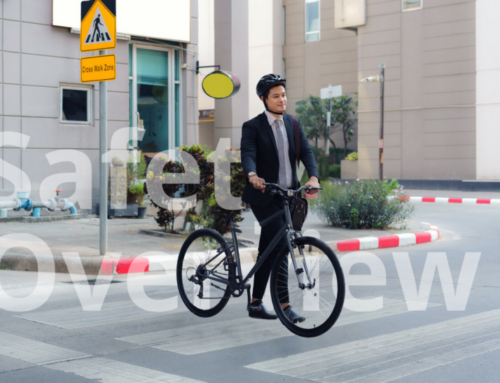
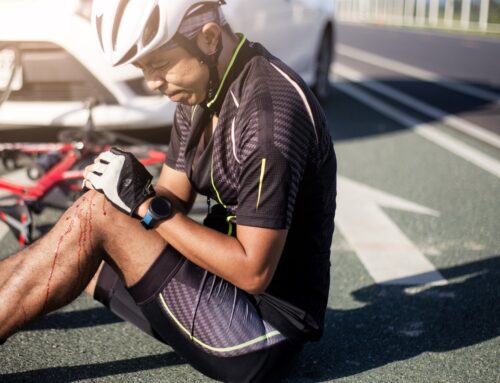

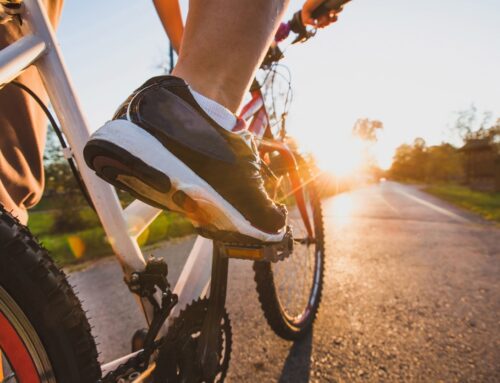
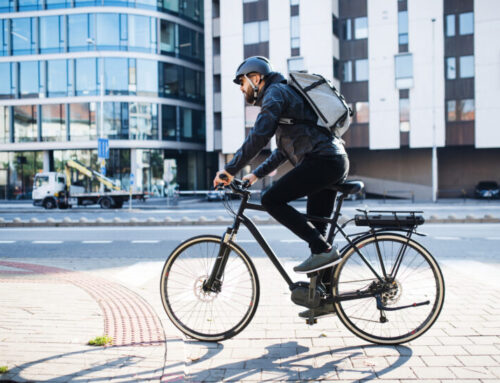
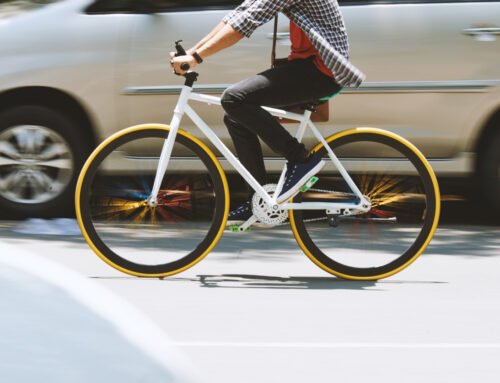
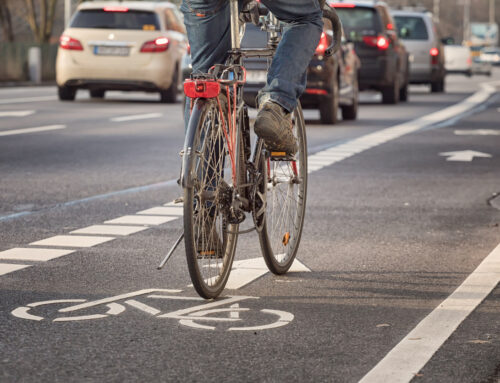
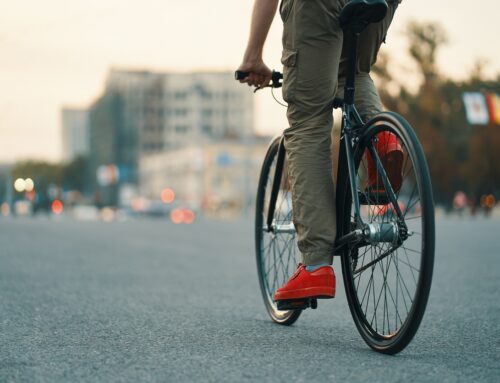
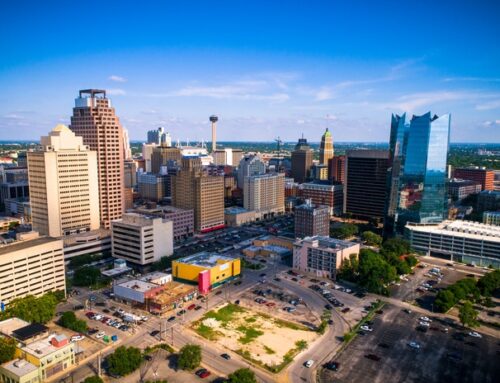
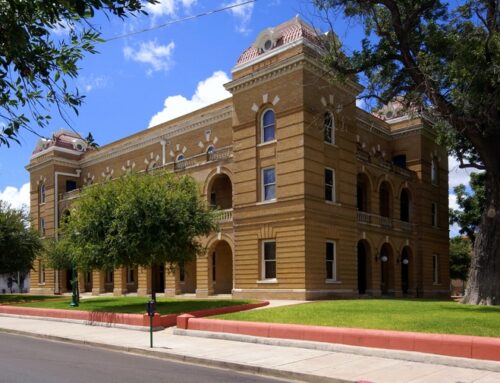
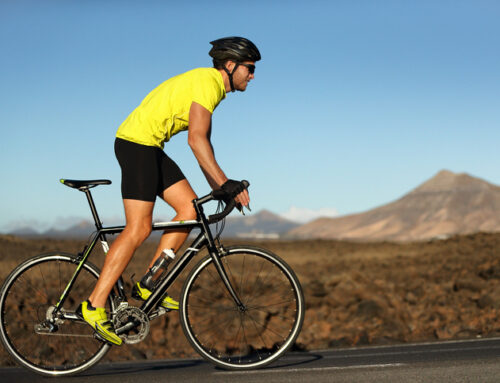
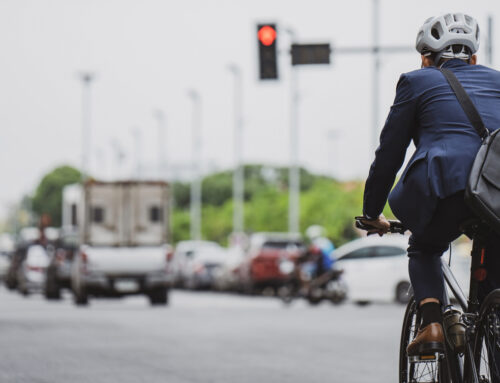
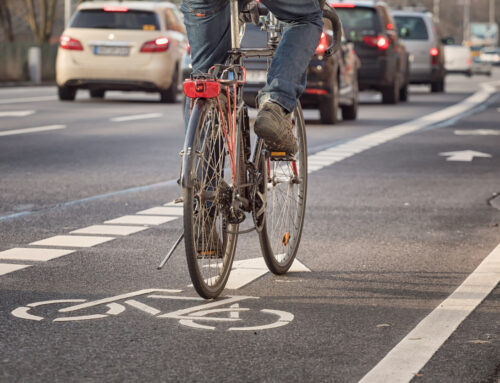
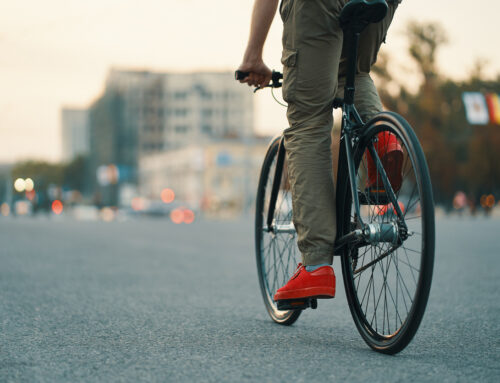
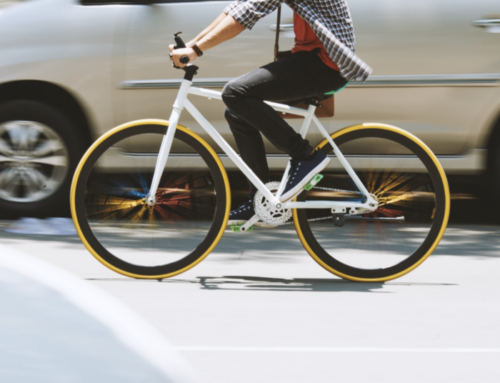
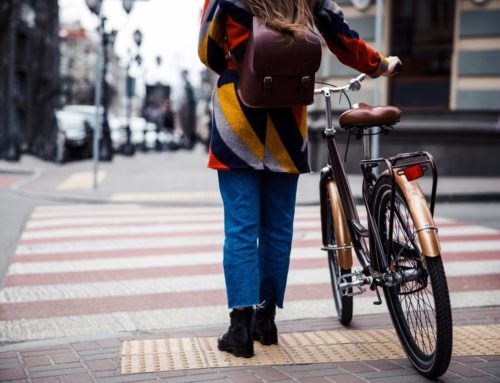
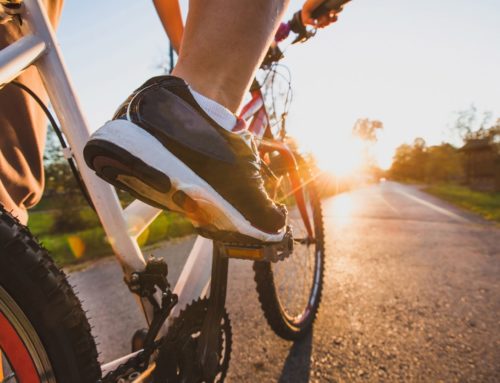
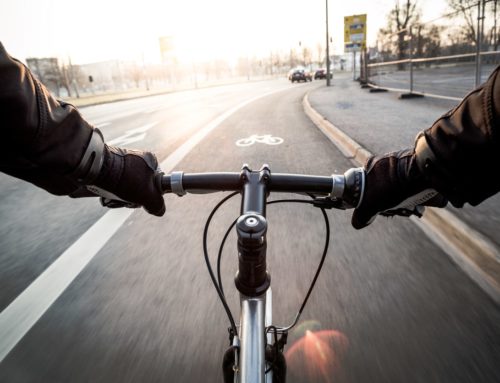

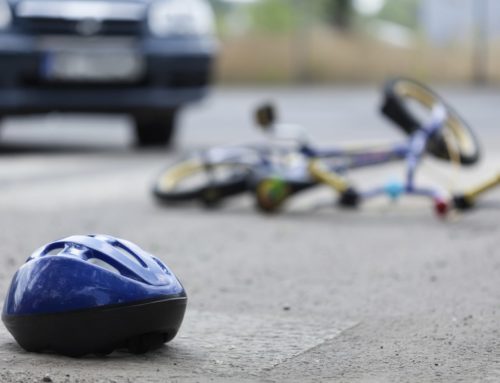
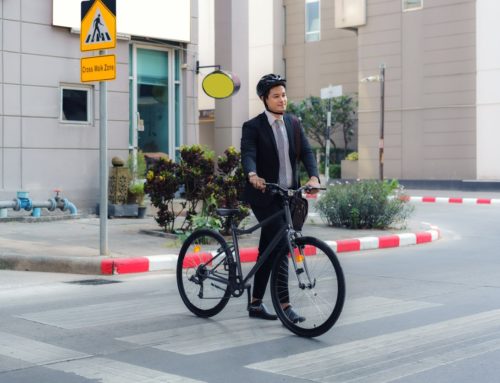
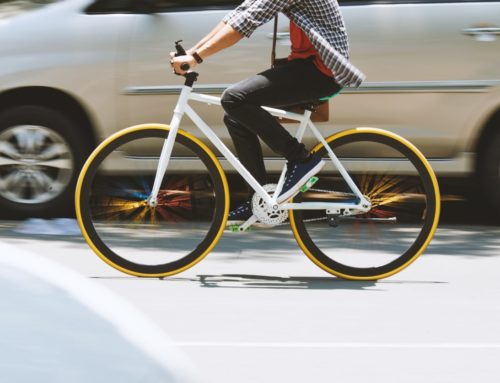

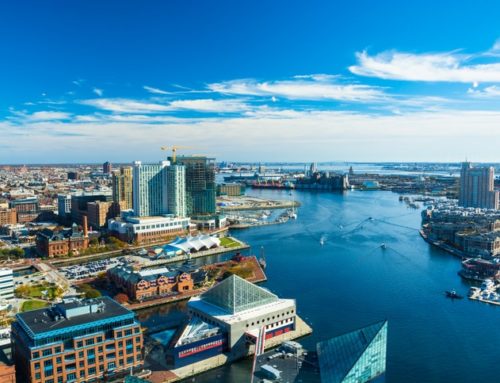
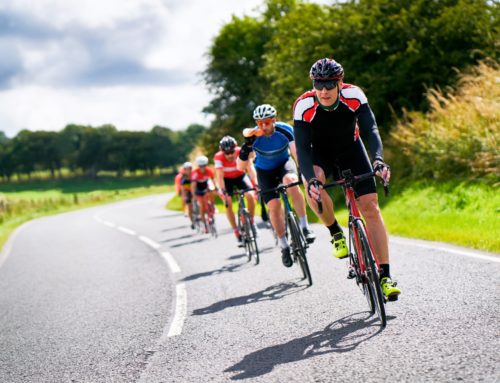
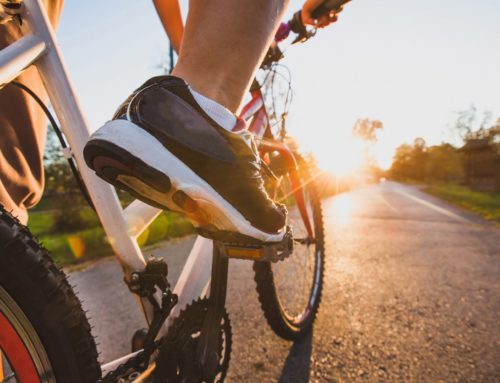
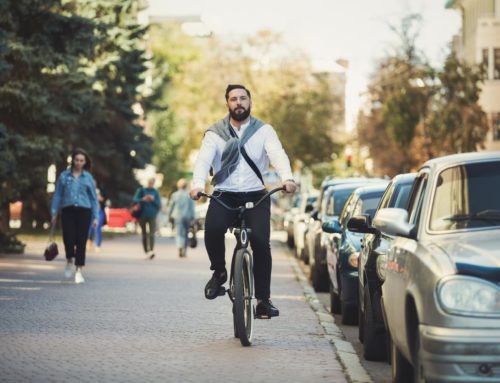
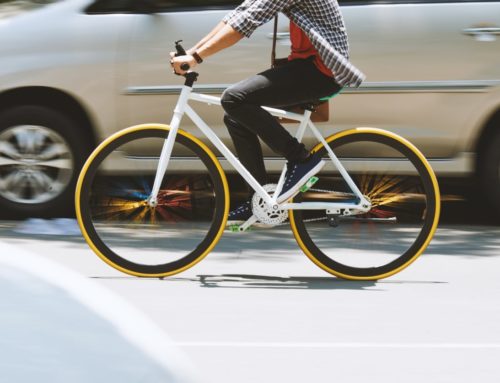


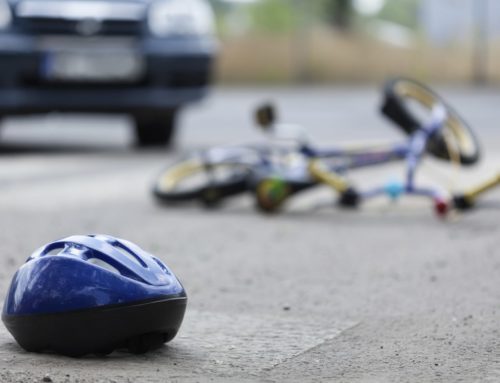

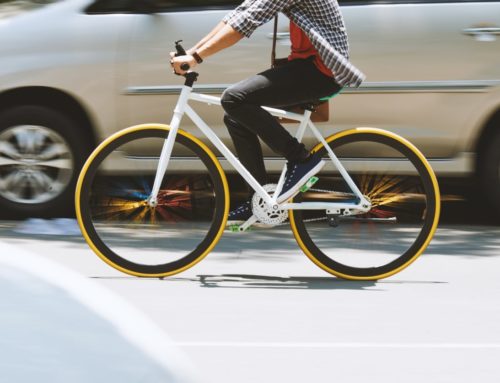
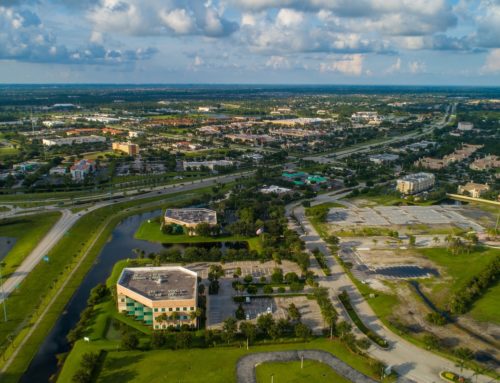
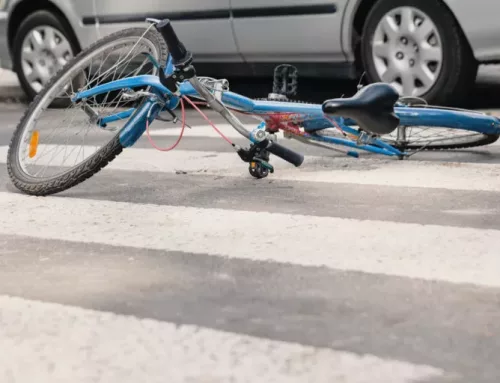
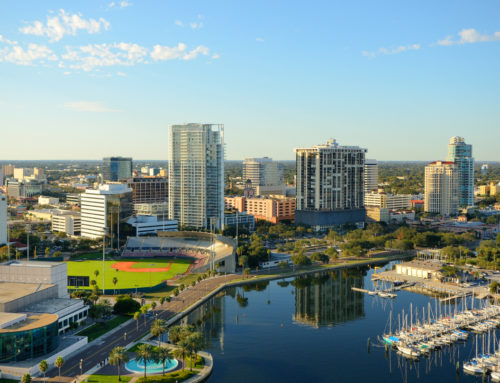
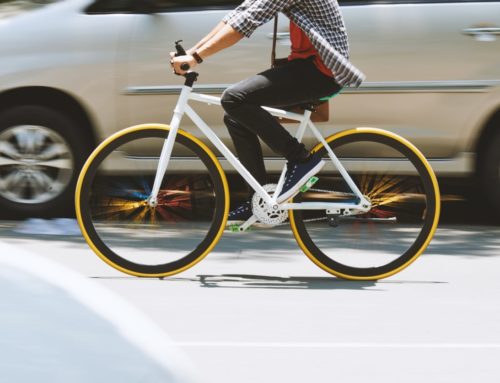
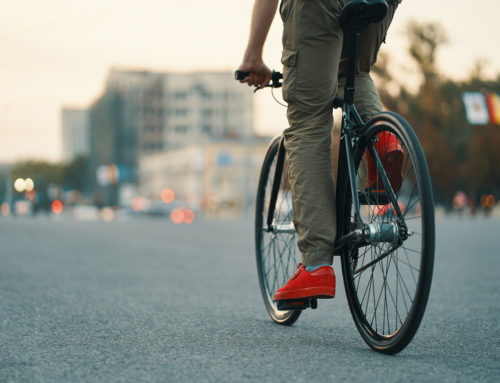
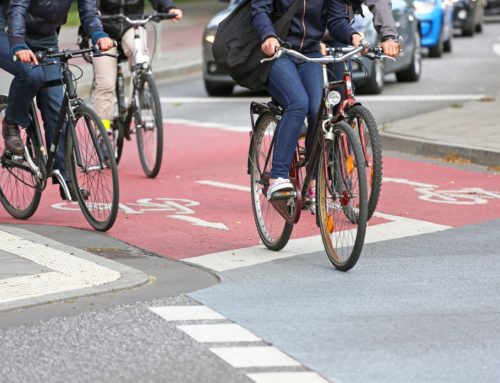
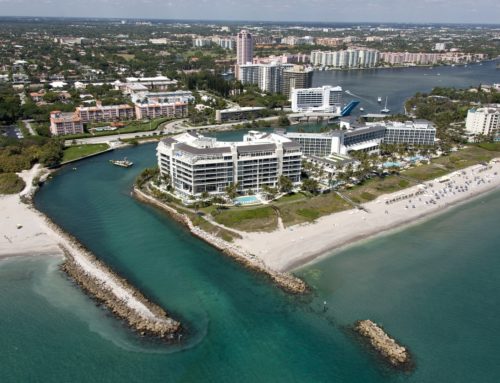
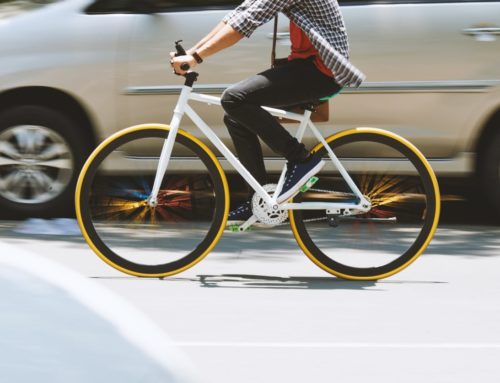
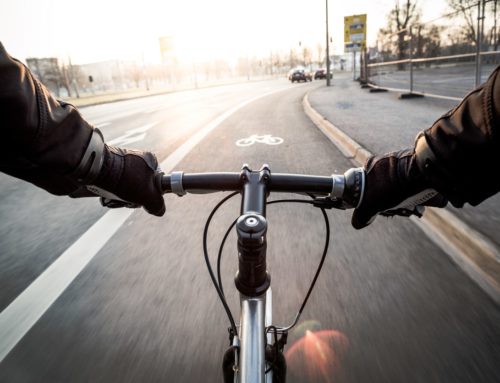
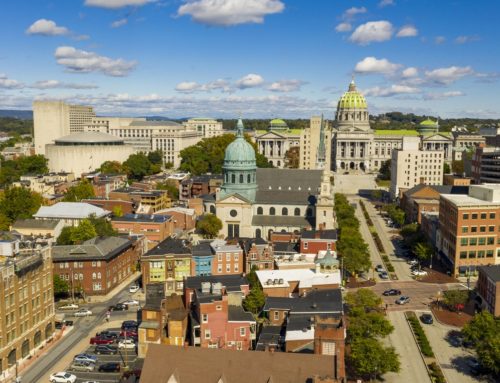
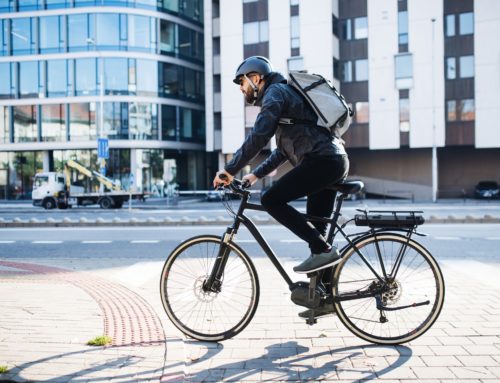
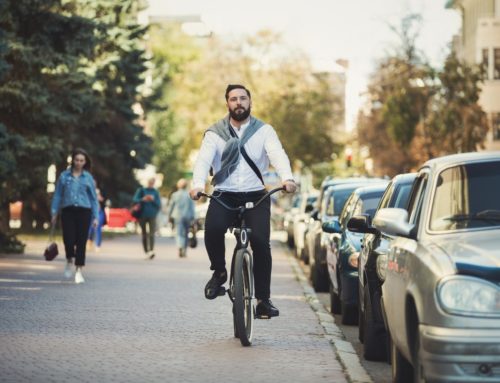
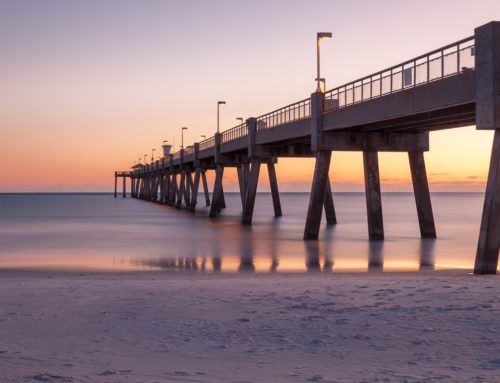
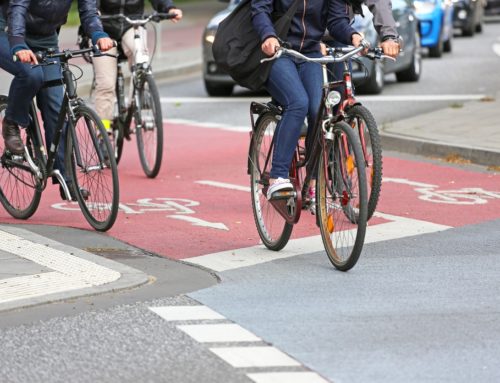
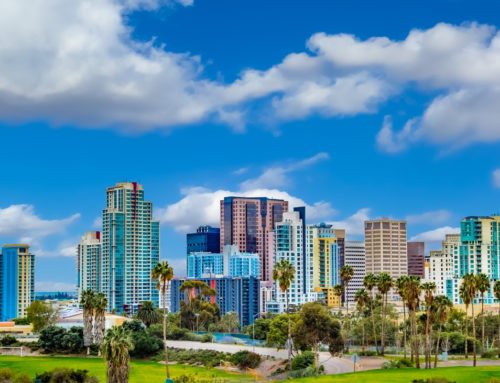
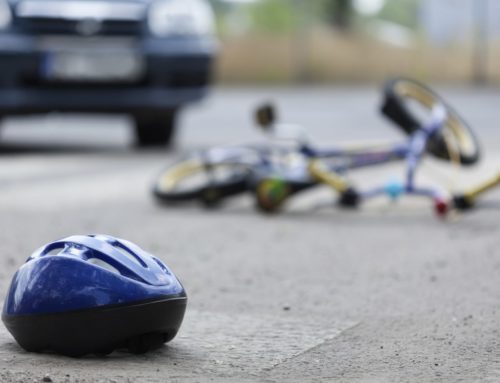
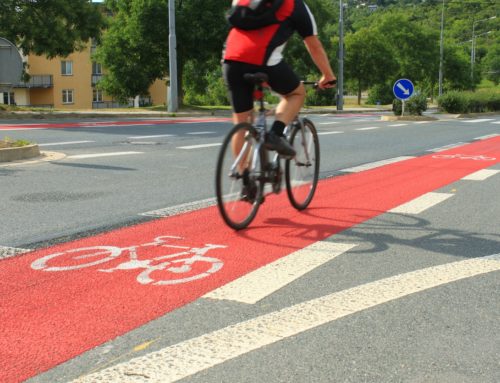



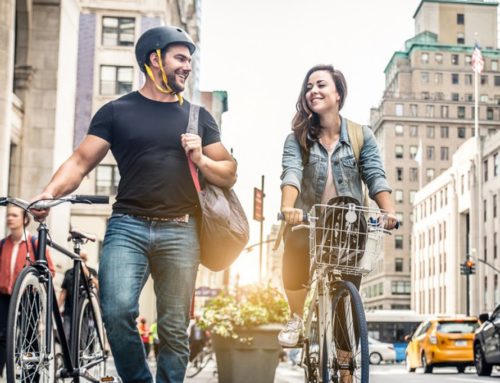
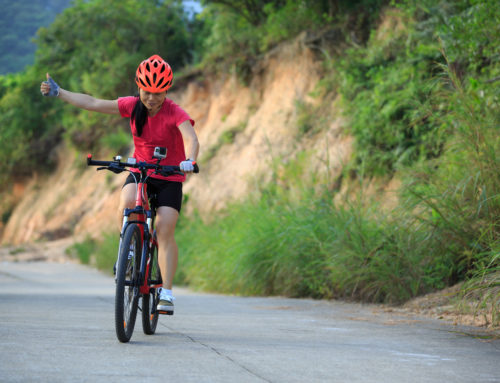
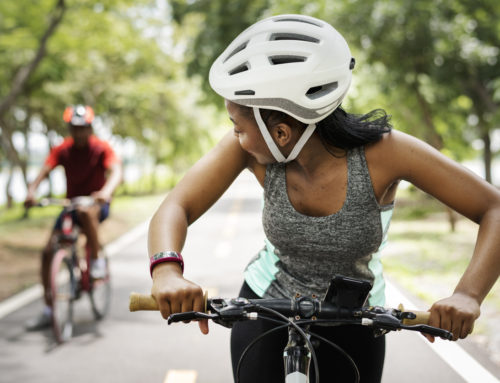
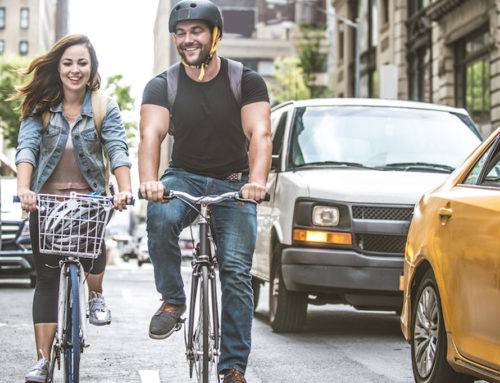


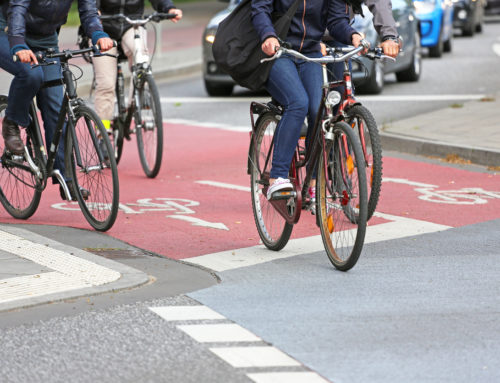
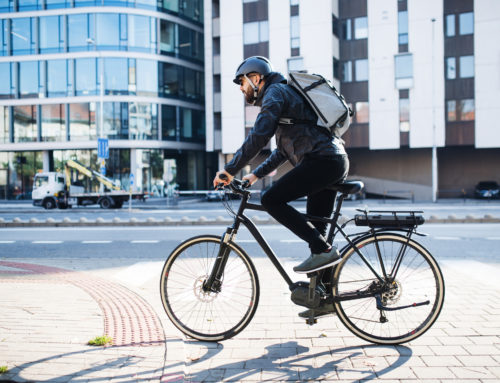
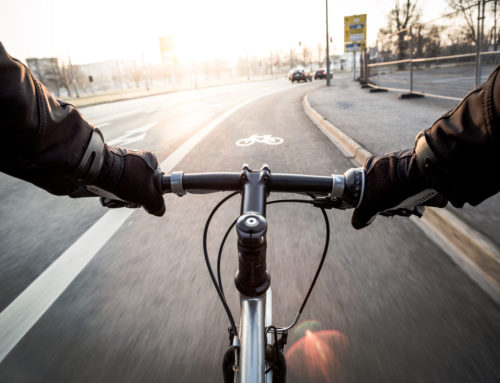

Leave A Comment